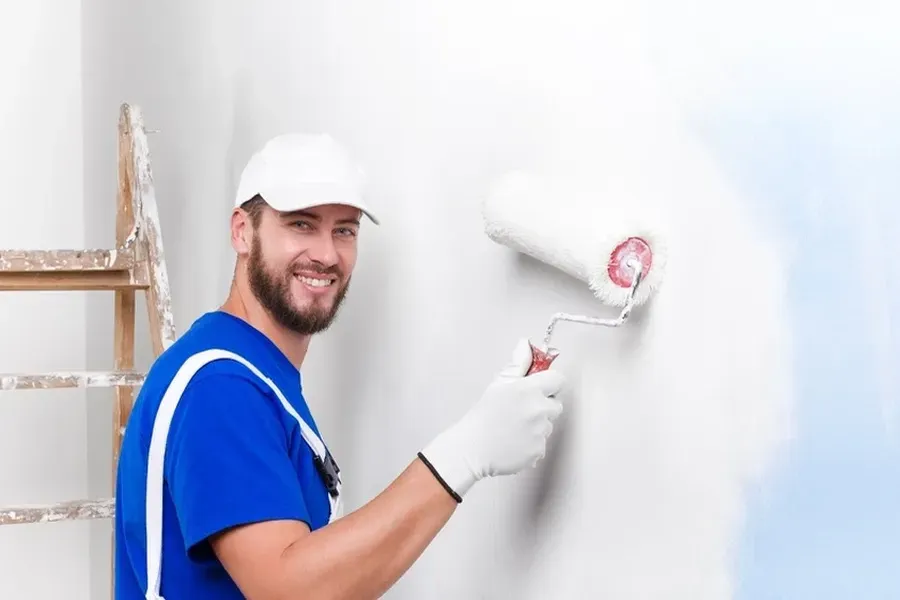Essential Steps to Ensure a Smooth Painting Experience
Preparing a room for painting is a crucial step that can greatly impact the final result of your project. A well-prepared room not only makes the painting process easier but also enhances the quality and longevity of the paint job. Whether you are updating your living space or preparing a new home, understanding how to effectively prepare your space will save time and resources. Let’s explore how to get your room ready for a fresh coat of paint.
Clearing Out the Room
The first step in getting ready for interior painting involves clearing out as much furniture and personal items as possible. This prevents accidental drips on your belongings and provides ample space to move around while working. Remove small items like vases, photo frames, and books from shelves. For larger furniture that cannot be removed, such as sofas or beds, push them to the center of the room and cover with drop cloths or plastic sheets.
Cleaning Walls and Surfaces
Before starting any painting project, ensure that the walls and surfaces are clean. Dust, dirt, and grease can prevent paint from adhering properly. Use a mild soap solution and sponge to gently wash the walls. Pay special attention to areas near doors, windows, and baseboards where grime tends to build up. Once cleaned, let the surfaces dry completely before proceeding with interior painting.
Protecting Floors and Fixtures
It’s important to protect your floors and fixtures during the painting process. Use painter’s tape to secure drop cloths along the edges of the room. This safeguards flooring materials from paint spills or splatters. Additionally, cover fixtures such as light switches and doorknobs with plastic wrap or specialized covers. Taking these precautions ensures minimal cleanup after completing your interior painting project.
Sanding and Repairing Surfaces
For a professional finish, examine walls for any imperfections like cracks or holes. Use spackle or joint compound to fill in gaps, then sand down the area until smooth. Sanding rough spots on walls helps create an even surface for paint application. If you’re dealing with glossy finishes, lightly scuff the surface to enhance paint adhesion.
Priming the Walls
A good primer sets the stage for a successful paint job by improving surface uniformity and color consistency. Choose a primer based on the type of wall material and desired paint color. Apply it evenly across all surfaces intended for painting, allowing sufficient drying time as specified by the manufacturer.
Choosing Quality Materials
Investing in high-quality brushes and rollers is essential for achieving smooth and professional results. Look for materials designed specifically for your paint type-latex or oil-based-to ensure compatibility. Using subpar tools can lead to visible brush strokes or uneven texture in the finished product.
Organizing Your Painting Tools
Before beginning your project, gather all necessary supplies in one location for easy access. This includes brushes, rollers, trays, stir sticks, painter’s tape, and extra drop cloths. Having everything organized minimizes interruptions during painting, helping maintain focus on completing sections efficiently.
Your Next Step Towards a Beautifully Painted Room
Your journey to transforming spaces begins with thorough preparation. Investing time upfront saves hassle later on while ensuring great results. Contact us at (336) 382-7074 for expert guidance throughout this process. At QS Colors INC, our team brings expertise to each project we undertake in Durham, NC. Let us help turn your vision into reality today!

